Standing Yoga Poses
The Standing Yoga Poses from the Crescent family (indudalasana) may be used to mobilize the obliques and lats. Single leg variations are also useful for building balance.
Standing Crescent Pose – Indudalasana
Benefits: Basic side bend pose. Warmup pose for mobilizing lats and obliques. Difficulty: 1/10
Sideways Mountain Pose – Raised Bound Hands
Parshva Tadasana Urdhva Baddha Hastasana (Parshva = Side, Tada = mountain, asana = pose, urdhva = upward, baddha = bound, hasta = hand )
Benefits: Warmup pose for mobilizing lats and obliques. Works well for transitioning to more complex poses. Difficulty: 1/10
Revolved Upward Mountain Pose – Raised Bound Hands
Parivritta Tadasana Urdhva Baddha Hastasana (Parivritta = Revolved, Tada = mountain, asana = pose, urdhva = upward, baddha = bound, hasta = hand )
Benefits: Great stretch for the core, while also activating muscles in the abs and back. Difficulty: 1/10
Parvarti’s Graceful Dancer – Lasyasana Rear View
Lasyana Graceful Dancer
Benefits: Very challenging pose in terms of back mobility and balance. Interestingly, one of the 24 positions from the Gray Institute’s 3DMAPS is the same as this Yoga pose. As such, it can be used spot imbalances in range of motion. Difficulty: 3/10
One-legged Standing Crescent Pose
Eka Pada Indudalasana (eka = one, pada = foot or leg, indudala = crescent moon)
Benefits: Excellent Pose/Asana for building balance and control. Strong oblique stretch. Stretches hip. Difficulty: 2/10

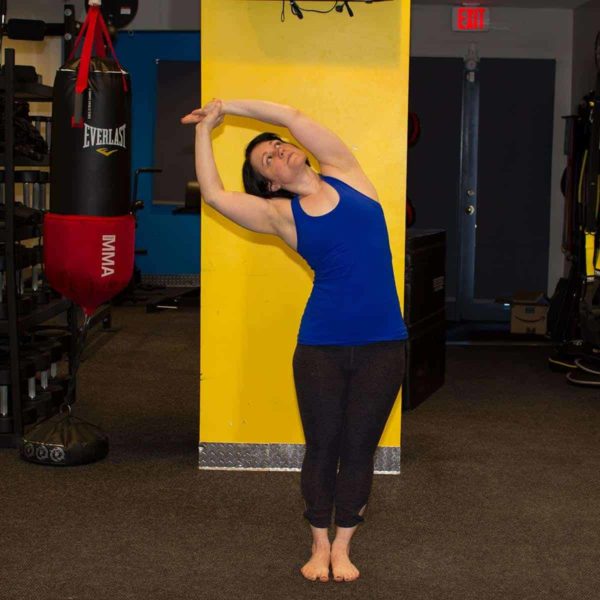
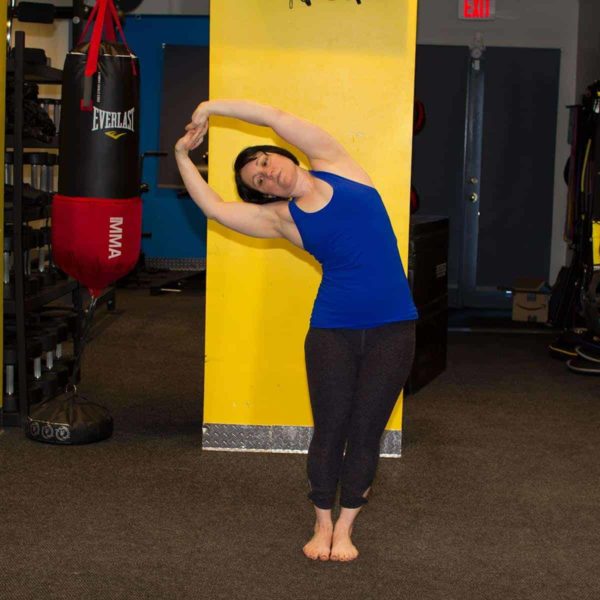

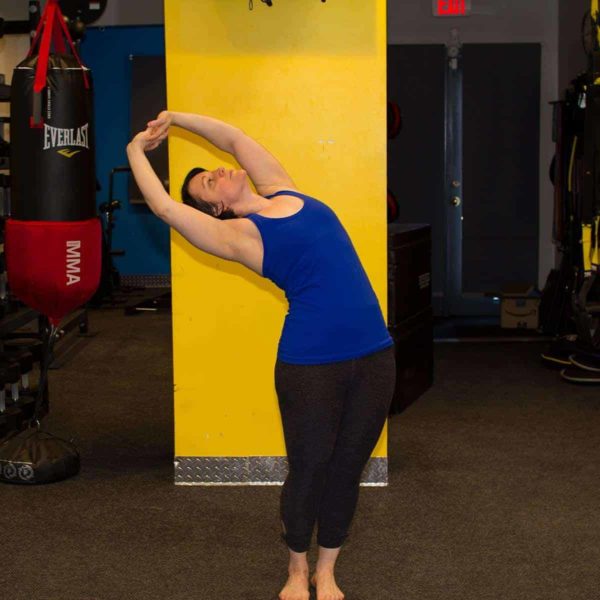

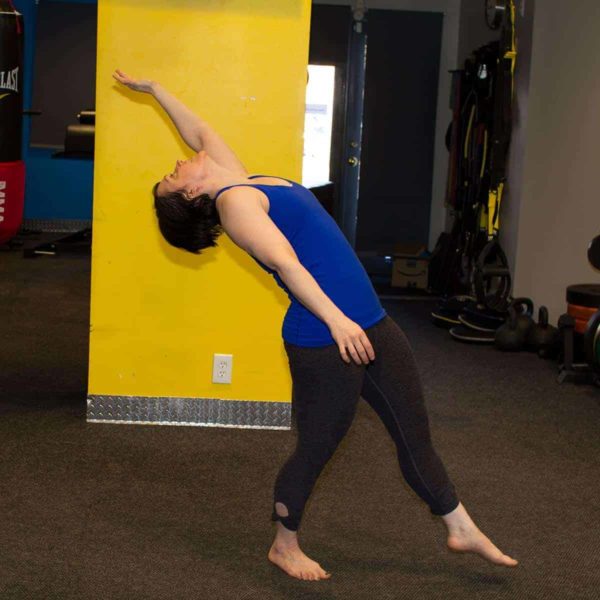
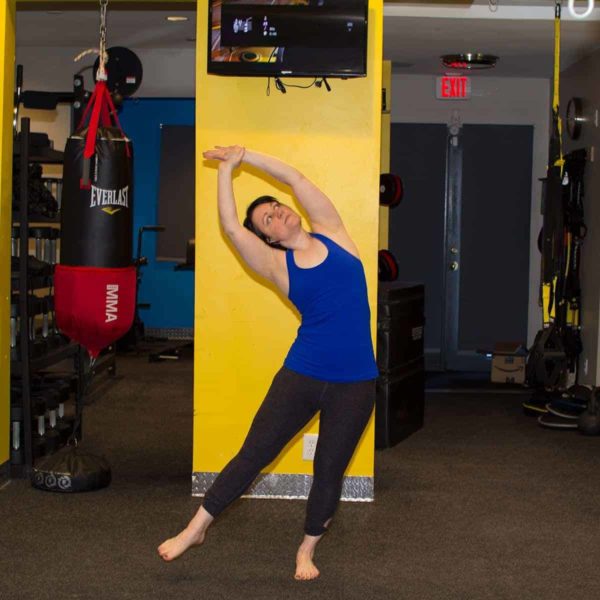
What kind of camera was used? That is certainly a decent high quality.